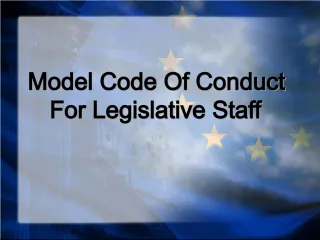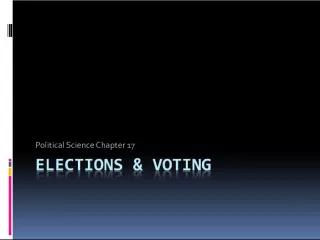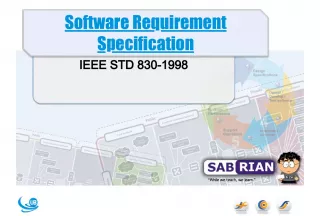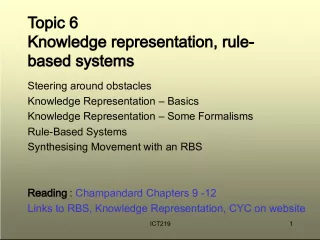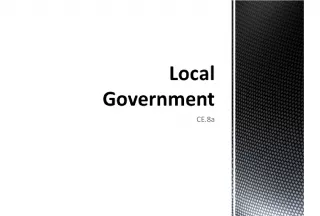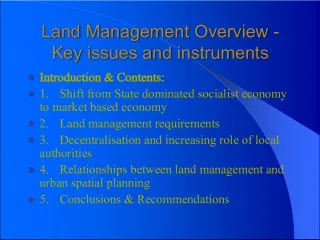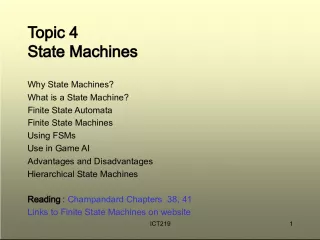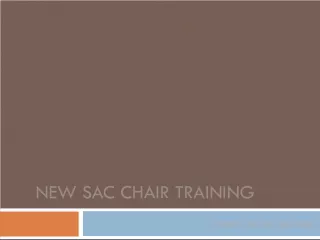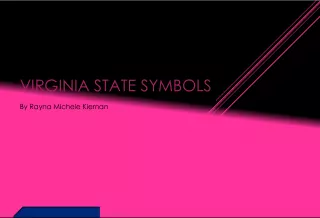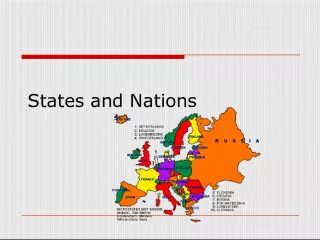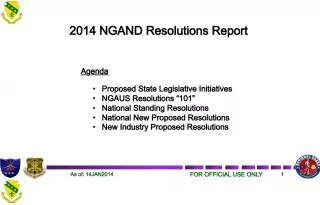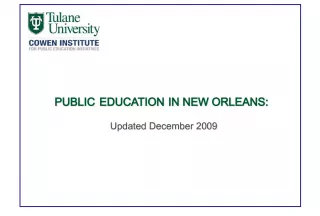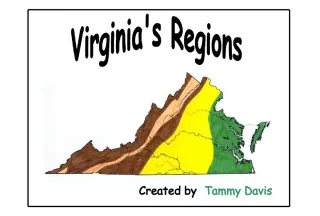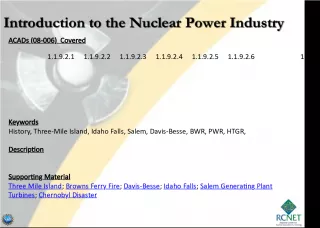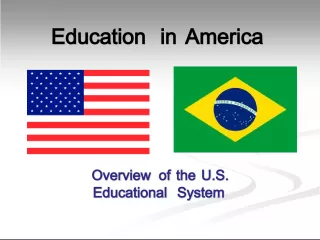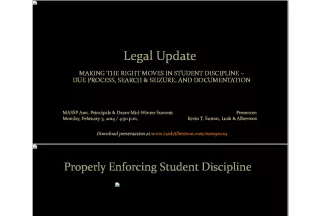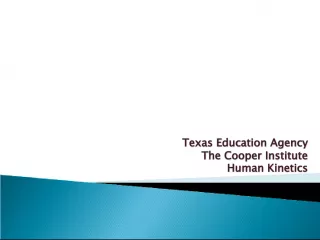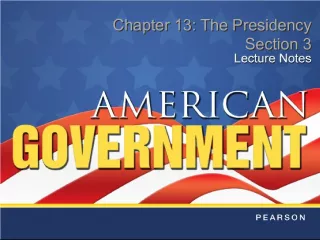An Overview of State Legislatures, Election Districts, and Representation
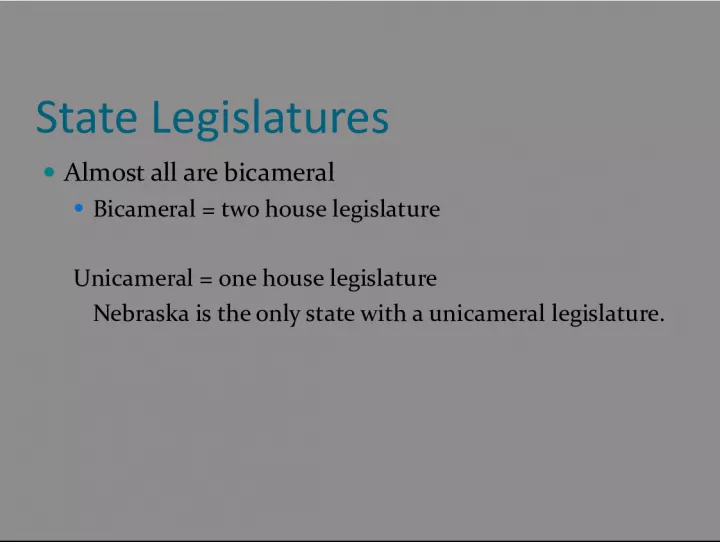

State legislatures are the legislative bodies that are responsible for passing laws and making decisions on behalf of their respective states. Almost all state legislatures are bicameral
- Uploaded on | 1 Views
-
 martial
martial
About An Overview of State Legislatures, Election Districts, and Representation
PowerPoint presentation about 'An Overview of State Legislatures, Election Districts, and Representation'. This presentation describes the topic on State legislatures are the legislative bodies that are responsible for passing laws and making decisions on behalf of their respective states. Almost all state legislatures are bicameral. The key topics included in this slideshow are . Download this presentation absolutely free.
Presentation Transcript
Slide2State Legislatures Almost all are bicameral Bicameral = two house legislature Unicameral = one house legislature Nebraska is the only state with a unicameral legislature.
Slide3Election Districts Each state divides itself into different election districts. MN does the same. We are currently being represented by Bill Ingebrigtsen (Senate 11) and Torrey Westrom (House District 11A)
Slide5What determines district size? It used to be that land regions used to determine election district size. This resulted in unequal population sizes within the districts. Reynolds v. Sims Supreme Court Case ruled that “one person, one vote.” (1964)
Slide6Apportionment The distribution of legislative seats according to population. After a census we go through “reapportionment” establishing new district lines for the legislative districts.
Slide7Office Requirements Just like the Constitution of the United States sets the qualifications for the Senators and the House of Representatives, the state constitutions set the qualifications for state offices.
Slide8Minnesota Senate Senators serve for four year terms. They get paid $31,140. $96 per day they are reimbursed for living expenses (food, hotel, gas, etc….) They can get paid 7 days a week if they choose.
Slide9Qualifications for a MN StateSenator To be eligible to run for the Minnesota State Senate in 2012, a candidate must be: [9] Eligible to vote in Minnesota Have not filed for more than one office for the upcoming primary or general election At least 21 years old by January 3, 2013 A resident of Minnesota for a least one year A resident of the legislative district for at least 6 months before the election.
Slide10MN State House Members $31,140 annually with the $77 per diem. 2 year terms
Slide11Qualifications for MN State Houseof Representatives To be eligible to run for the Minnesota House of Representatives in 2012, a candidate must be: [9] Eligible to vote in Minnesota Have not filed for more than one office for the upcoming primary or general election At least 21 years old by January 3, 2013 A resident of Minnesota for a least one year A resident of the legislative district for at least 6 months before the election.
Slide12The legislative duties are verysimilar to the federal responsibilities. They pass bills. The process is very similar to the process of the federal process. The key offices are similar.
Slide13Line-Item Veto The governor can approve certain parts of the bill and veto others.
Slide14The Veto Process and Powers ofthe Governor Once a bill has passed both the House and the Senate in identical form, it's ready to be sent to the governor for consideration. The governor has several options when considering a bill. The governor can: sign the bill and it will become law; veto the bill; line-item veto individual items within an appropriations bill; or do nothing, which at the end of the biennium results in a pocket veto.
Slide15Vetoes can be overridden 2/3 vote is what is necessary to override a veto. Rarely are vetoes overriden.
Slide16State Legislatures are asked to domany things! State officials are afraid to raise taxes because they understand they may not be reelected. Federal grants often help pay for programs. As the federal government struggles to pay its own bills it will become more and more difficult for it to pay for the state programs. As a result we will see more cuts.
Slide17Borrow or Cut Services It is expensive to borrow money and then pay interest for the money. As services are cut it is more difficult for the states to do manage. Legislators are struggling with the issues of crime, drug abuse, and unemployment.
